 Companies like Apple, Nike or Disney can put their name or logo on any product and customers will flock to it (then keep coming back for more.) But what if you’re not a Fortune 100 company or a well-known brand? In a crowded marketplace, how do you make your brand stand out?
Companies like Apple, Nike or Disney can put their name or logo on any product and customers will flock to it (then keep coming back for more.) But what if you’re not a Fortune 100 company or a well-known brand? In a crowded marketplace, how do you make your brand stand out?
The good news is, you don’t have to be a company at that caliber to have brand recognition. Here are 5 ways that can help your business rise above others:
- Create interesting content. Interesting also means original and sincere. If your content is cliché or too sales driven, or if you attempt to mimic another brand, people won’t have a compelling reason to choose your company over the other brand. Also, be bold in your content. When it comes to making a name for yourself, risk often leads to rewards.
- Know your customers. Ultimately, your brand is what your customers say it is, not what you think it is. Know who your customers are and form a connection with them. That connect is based on trust by meeting their expectations.
- Be good at one thing. Don’t try to be everything to everyone. When you think of In-N-Out, you think of burgers. The Southern California chain does burgers well and they stick to what they do best. In the same manner, know what you do best and be good at it. Your customer will remember you for it.
- Deliver on your promise. Having brand integrity is key to a successful business. This is part of building trust with your customers. Nordstrom promises a no-hassle return policy and the company delivers on this promise every day. Their customers are loyal because they know that if they need to make a return, there will be no questions asked.
- Visibility is key. In marketing, it is said that a customer must see your brand seven times before the customer remembers it. Leverage different opportunities to diversify the visibility of your brand to help with brand recognition. Perhaps you surprise and delight your hotel guests by using laptops with your brand at your new guest lobby. Or you donate raffle prizes with your company logo at an industry event. Or you send your clients a custom-branded tablet to help them track your services. There are infinite ways to put your brand in front of your customers.
In the race to get your brand to stand out in a crowded marketplace, it takes a clear objective and a deep understanding of your business, your customers and the marketplace.
Once you have established your brand, let us help you take it to the next level by making it known to your customers, partners and stakeholders. Contact us to get a complimentary mockup of what a custom-branded device looks like with your company logo.


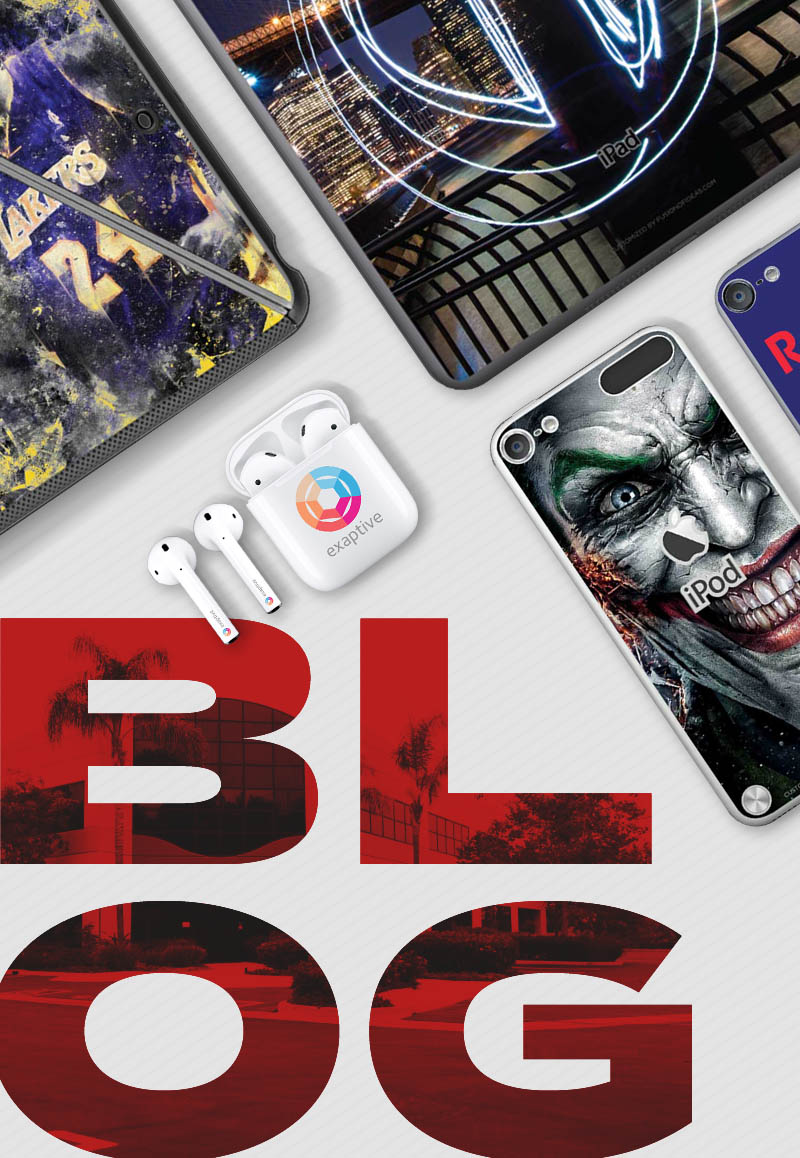

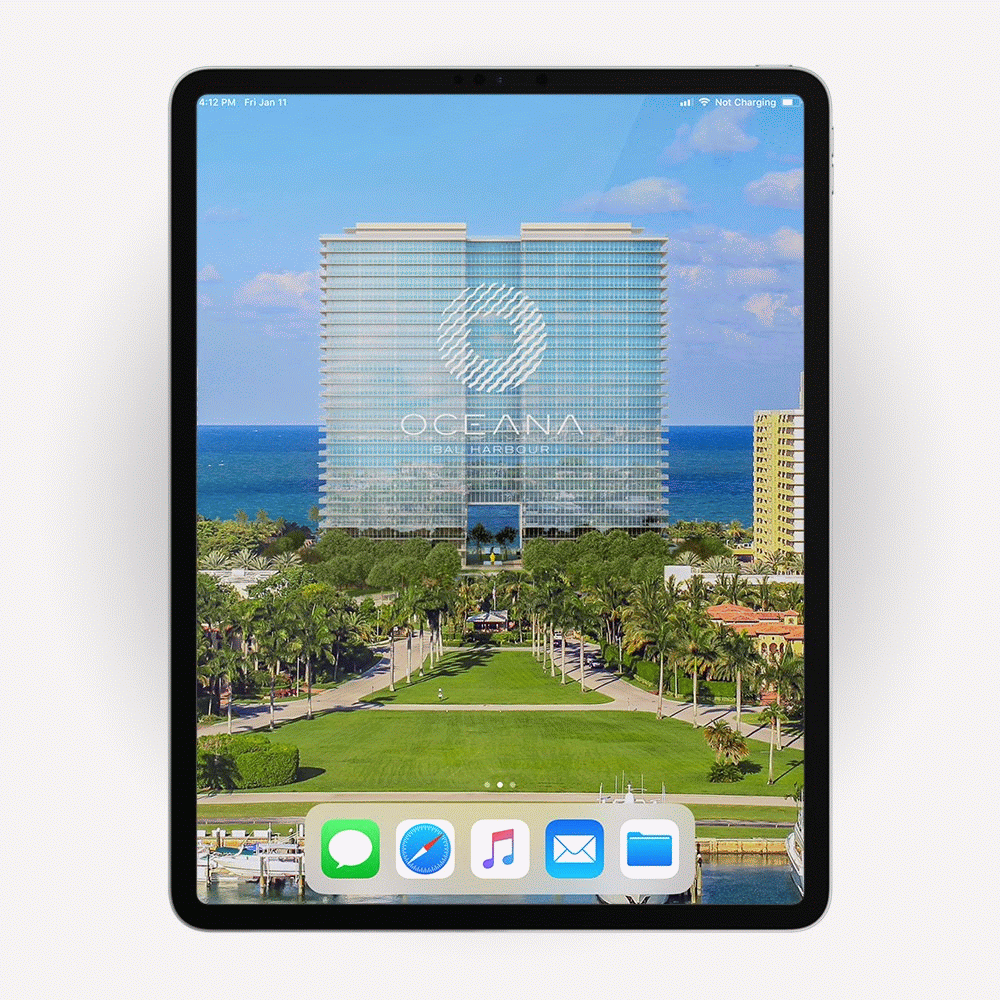
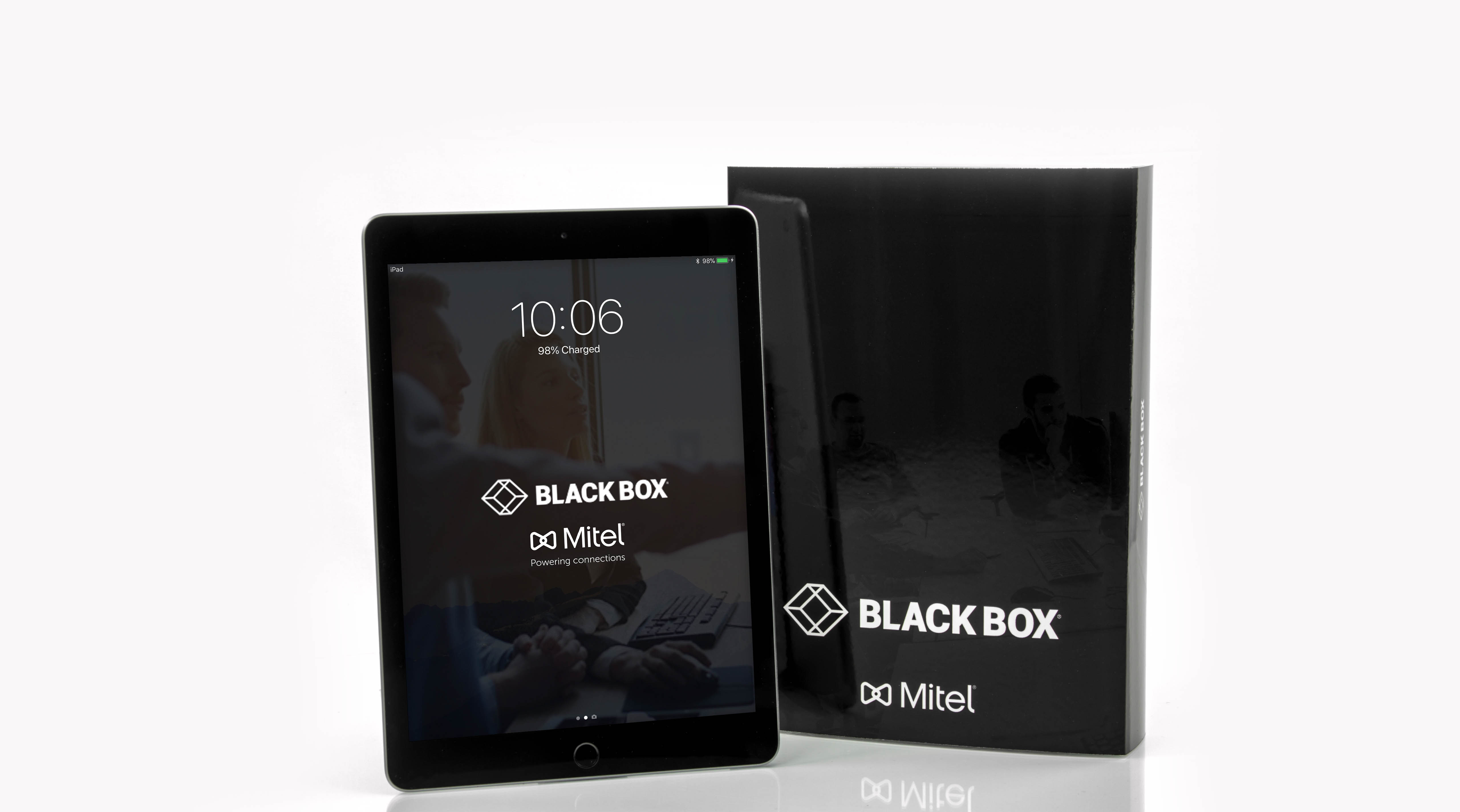
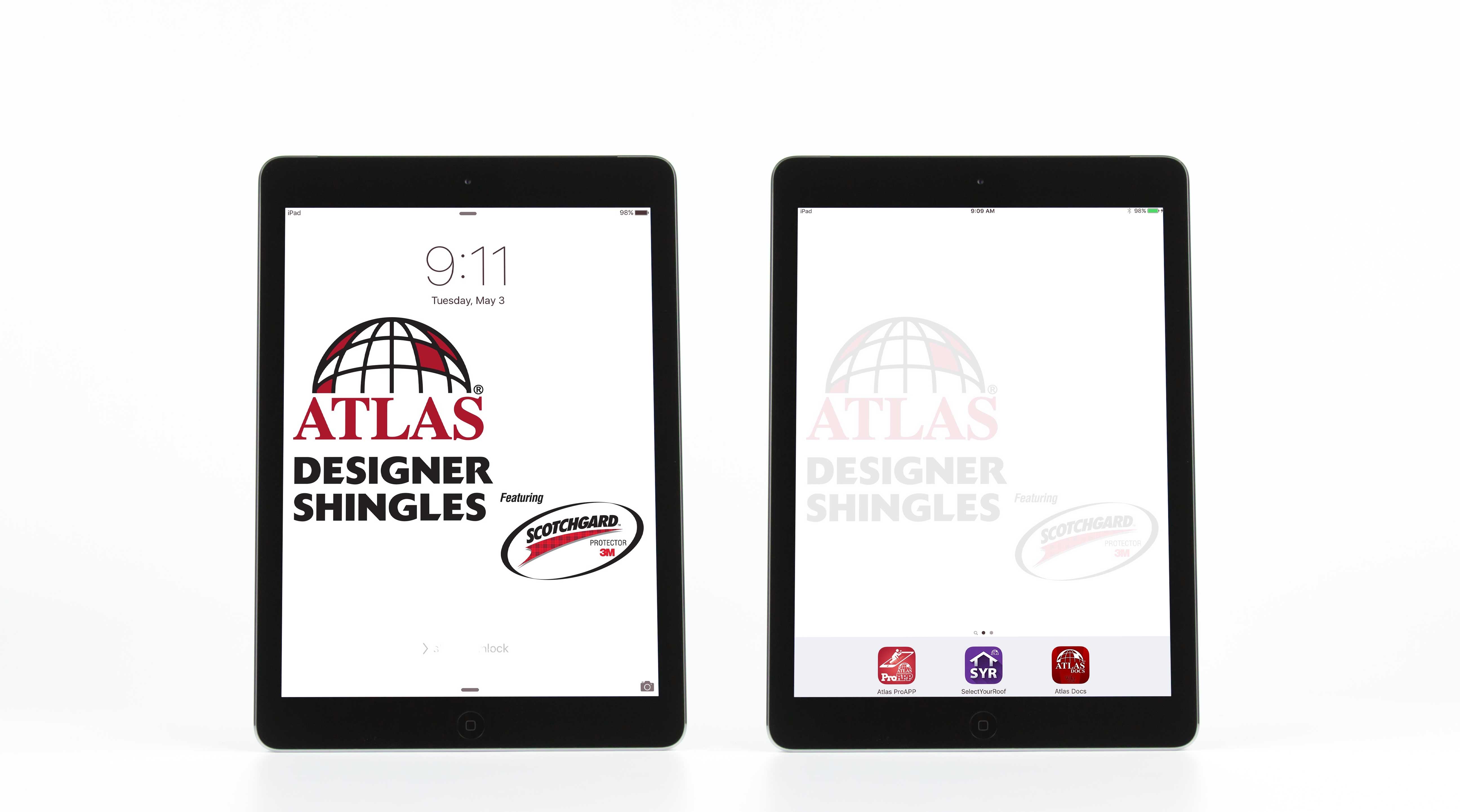
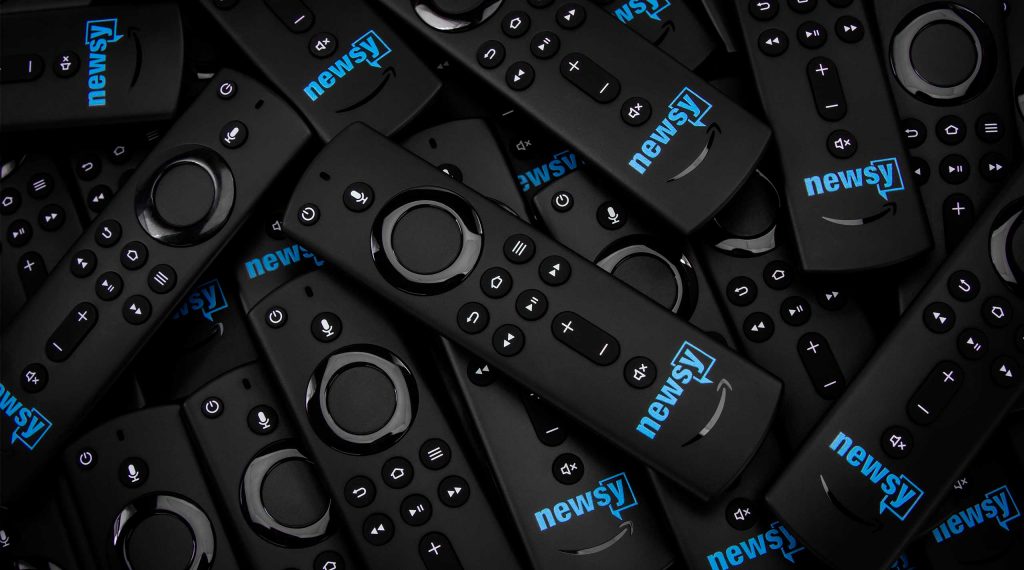
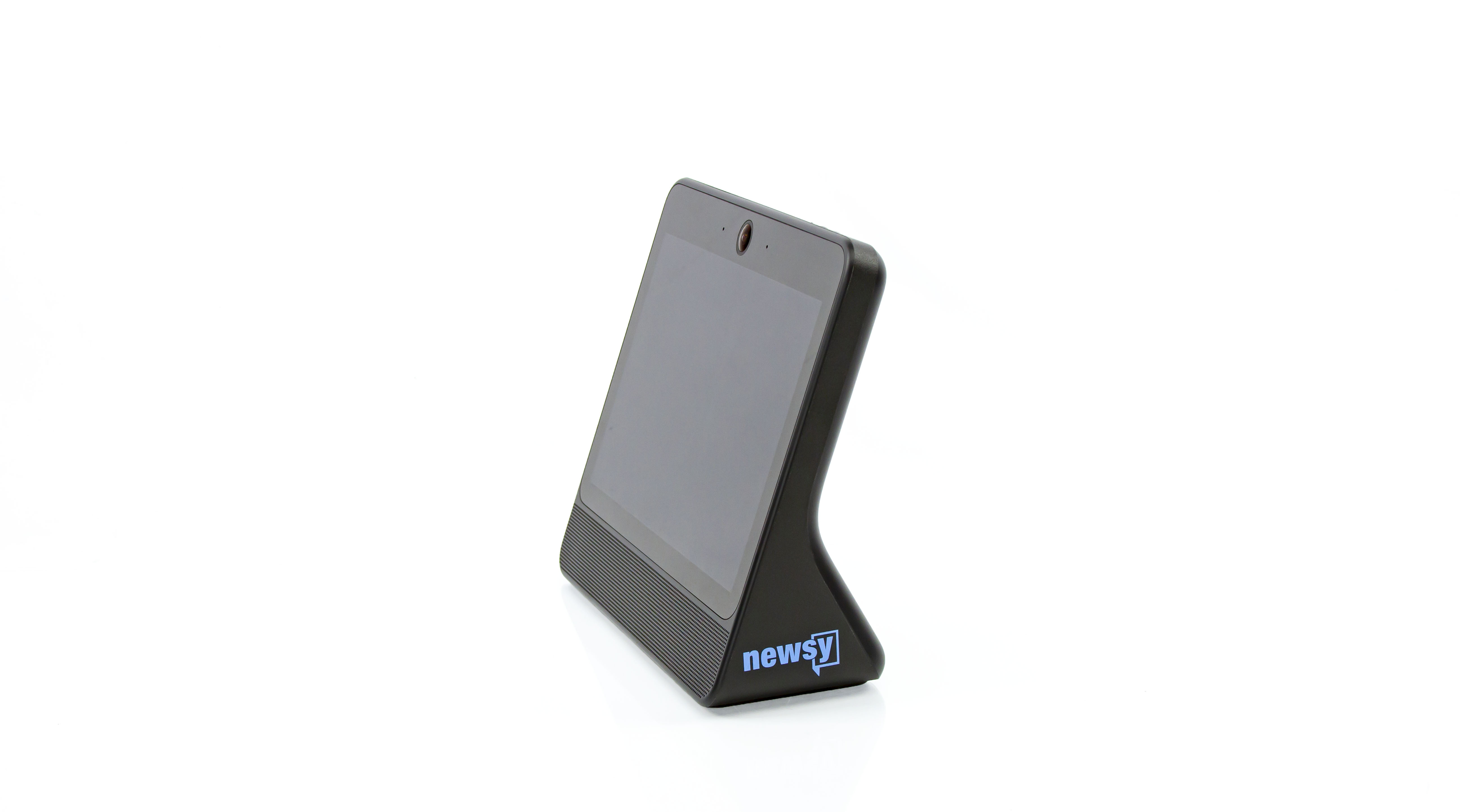
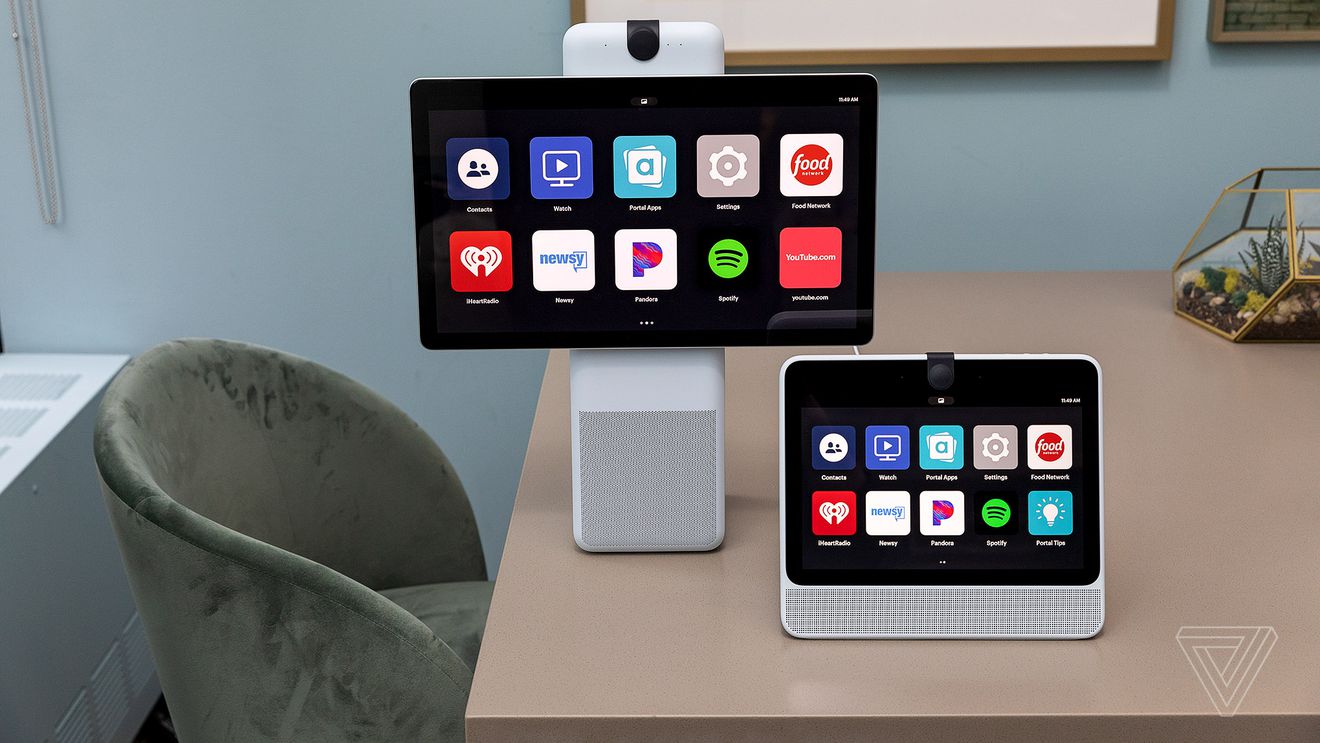

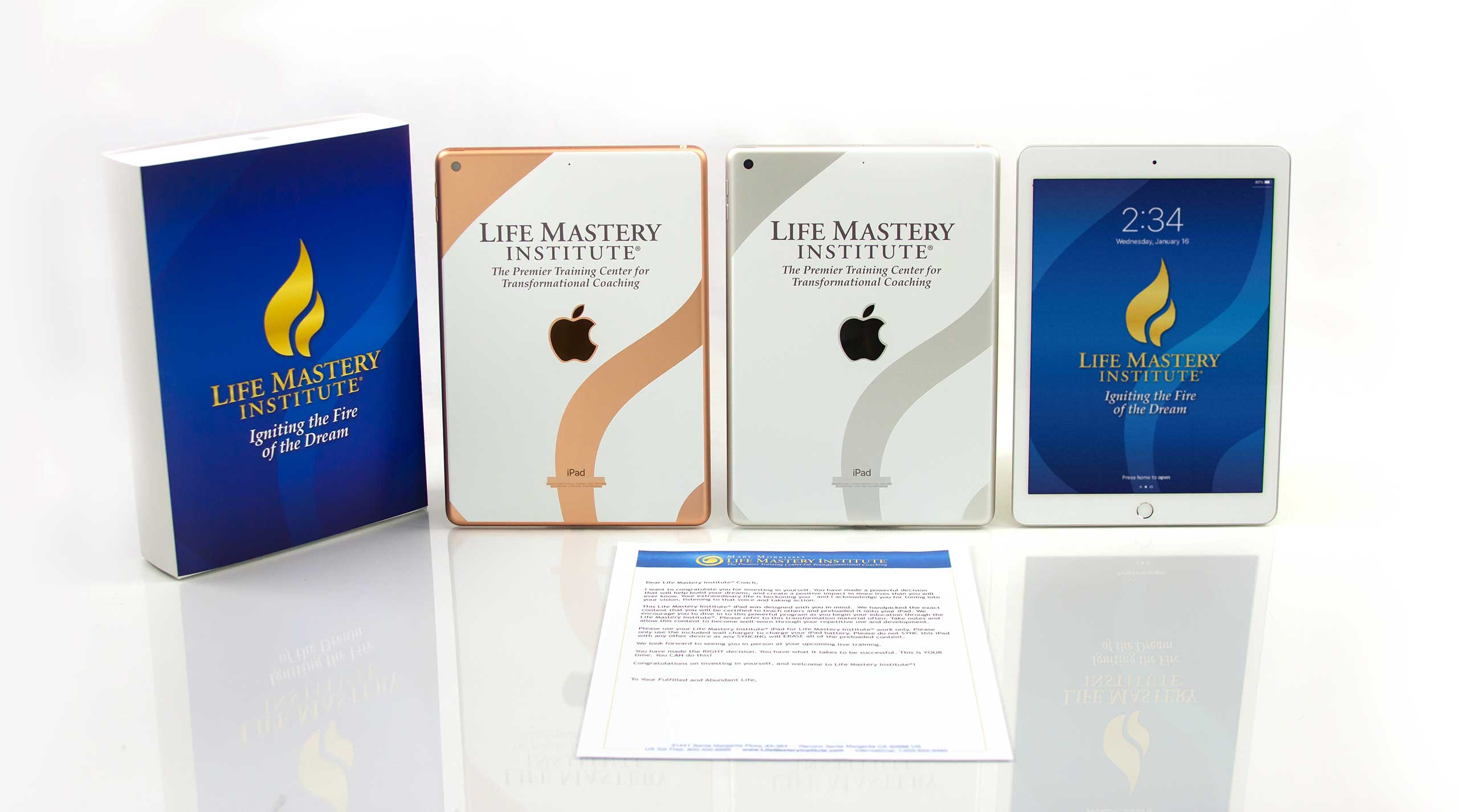
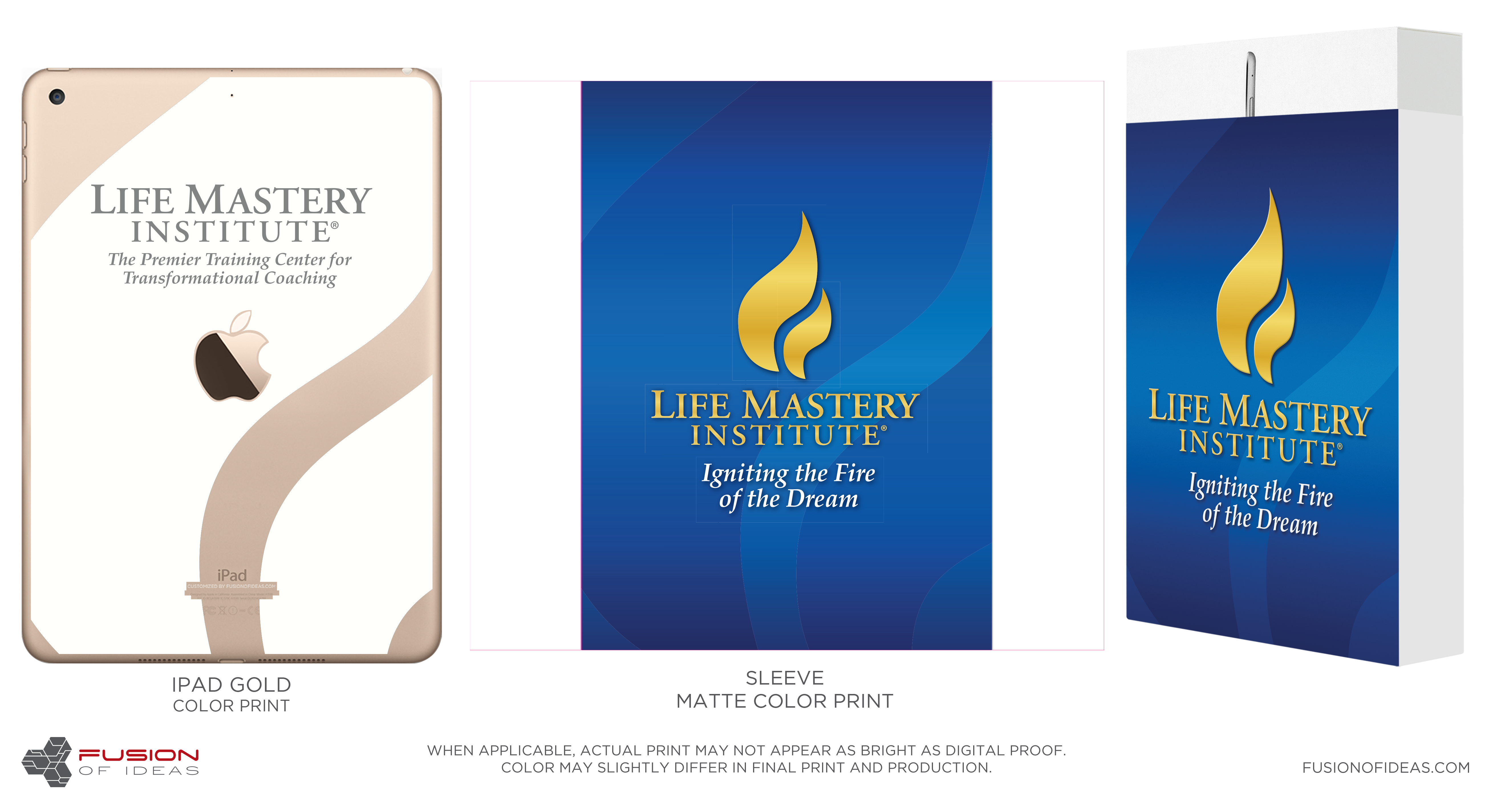
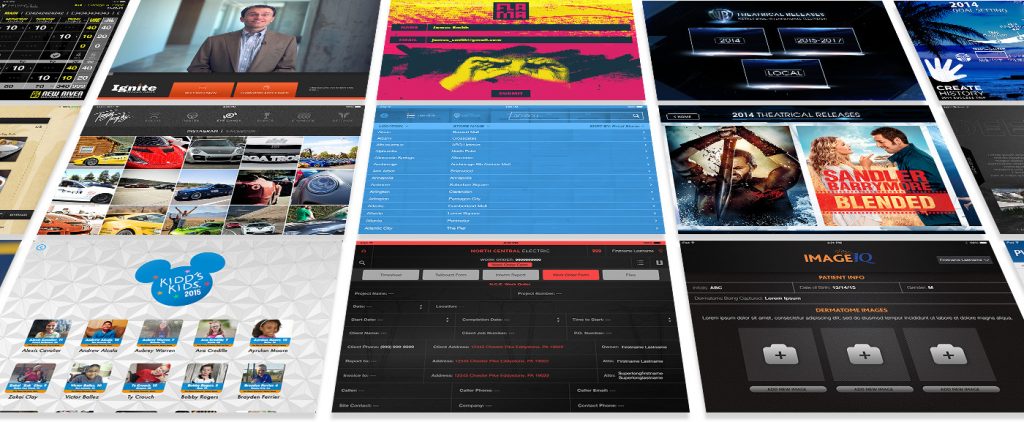 As a business owner, you see the benefits of having a mobile application to help create efficiencies, cut operation costs and increase mobility.
As a business owner, you see the benefits of having a mobile application to help create efficiencies, cut operation costs and increase mobility.  Visual design is not only about selecting the perfect images, colors, icons, fonts, but also determining how the appearance of the application impacts the user experience. The architecture and design phase is typically the first phase of every app development process, as it lays the foundation for the look and feel of the app.
Visual design is not only about selecting the perfect images, colors, icons, fonts, but also determining how the appearance of the application impacts the user experience. The architecture and design phase is typically the first phase of every app development process, as it lays the foundation for the look and feel of the app. Eliminating any barriers to entry when using the app is another important element in creating an effective workplace application. You may lose users if they find your app difficult to navigate. In order to create the best user experience, it’s important to test your app with different user groups to find out how comfortable they feel while interacting with the app’s content across different platforms and environments. The journey throughout each section of the app should be smooth and seamless.
Eliminating any barriers to entry when using the app is another important element in creating an effective workplace application. You may lose users if they find your app difficult to navigate. In order to create the best user experience, it’s important to test your app with different user groups to find out how comfortable they feel while interacting with the app’s content across different platforms and environments. The journey throughout each section of the app should be smooth and seamless.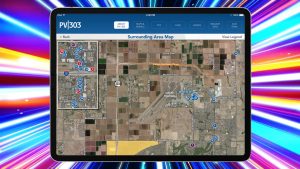 Have you ever used an app that loads slowly, crashes or completely shuts down while running? Understandably, most users have little patience for poor functionality and end up uninstalling or abandoning the problematic app. The most successful apps have fast response times and run continuously in the background. This is generally tested during the quality assurance phase in the app development process.
Have you ever used an app that loads slowly, crashes or completely shuts down while running? Understandably, most users have little patience for poor functionality and end up uninstalling or abandoning the problematic app. The most successful apps have fast response times and run continuously in the background. This is generally tested during the quality assurance phase in the app development process.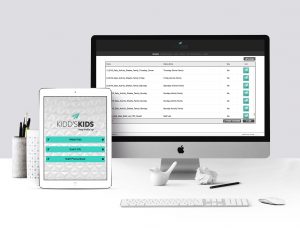 While it’s tempting to throw in fancy features on your mobile app, you lose your user when there are too many buttons and clicks in the app journey. Sometimes a simple, templated app, such as FUSION OF IDEAS’
While it’s tempting to throw in fancy features on your mobile app, you lose your user when there are too many buttons and clicks in the app journey. Sometimes a simple, templated app, such as FUSION OF IDEAS’